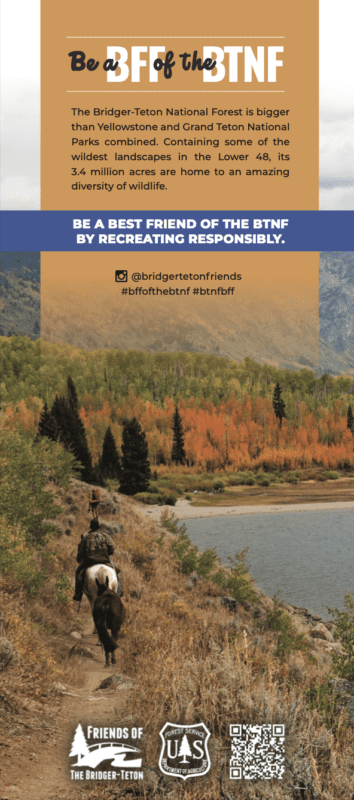
Yes, you see poop everywhere in the forest. Wild animals poop anywhere they want, and many trails are dotted with the poop of stock animals. This poop isn’t a problem. Human poop is different, though. The food we eat isn’t as natural as that of wild animals or stock; a lot of it is processed and has traces of things not found in nature, which can end up in the soil, or be an attractant to wildlife. Also, studies show that human waste is a major contributor to the prevalence of giardia in wilderness groundwater. Giardia is an intestinal infection whose most common symptoms are diarrhea, fatigue, and cramps; it is caused by a parasite and spread through water contaminated by the feces of infected animals or, more often, people. It’s definitely something you don’t want to get. A final reason human poop is different from the poop of wild animals and herbivore stock animals in the wilderness? Seeing, and smelling, it is gross.
There are two main ways of dealing with poop in the backcountry depending where you are:
- Bury your poop in a hole you’ve dug.
- Poop into a “WAG bag,” an airtight plastic bag that allows you to pack out your poop. (WAG is an acronym that stands for Waste Aggregation and Gelling.)
To bury your poop you’ll need something along the lines of a small garden trowel to dig a hole, which is called a “cathole.” Many outdoor gear companies make trowels specifically for backpackers. Making sure you’re 200 feet—about 70 adult paces—from the nearest campsite and source of water, dig a hole 6–8 inches deep and 4–6 inches wide. Poop in the hole. Finish with your business, fill the hole with the dirt you dug out and disguise it with a handful of rocks or dead vegetation (leaves, tree branches, etc). Don’t place a big rock on it as that will make it harder for the heat of the sun to get to the poop to help break it down, a process that takes about one year. The Center for Outdoor Ethics has a video about how to dig a cathole.
Do not bury your toilet paper; it can leech bleach into the soil and takes years to decompose. Pack it out with you. This is not as disgusting as it sounds: we fold up used TP and put it in its own designated ziplock, which, if we’re worried about the smell, is double-bagged. Also, don’t burn your toilet paper; you’d be surprised how easy it is to start a wildfire.
Burying poop is not an option in the dirt-less, rock-full expanse of the high alpine, a type of terrain that is prevalent in the BNTF. This is where WAG bags are used. There are also sensitive or highly trafficked forested areas and river systems in which land managers can require the use of WAG bags; there are no such areas in the BNTF, though. Here’s a good video about how to use a WAG bag.




